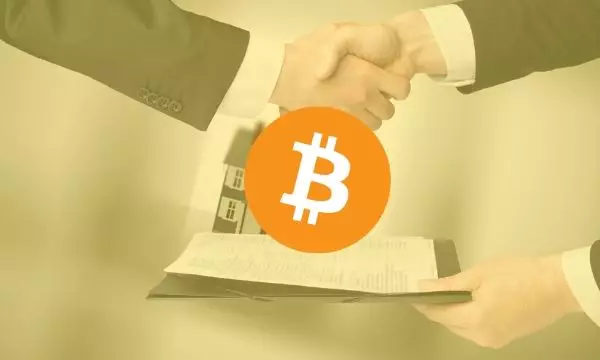Critics who claim that inscriptions, particularly BRC-20 tokens, are a denial of service attack on regular Bitcoin transfers are misguided. On-chain analysis conducted by Glassnode suggests that the majority of Bitcoin block space is still dedicated to normal monetary transactions, with inscriptions simply occupying any remaining space. James Check, the lead Glassnode analyst, argues that inscriptions are actually more efficient in terms of block space utilization compared to monetary transfers. Contrary to popular belief, inscriptions generate a significant portion of the network’s total fees while using less than 10% of the block data size. This uptick in value, fees, and data within the same block showcases the benefits of inscriptions for Bitcoin.
Initially, Bitcoiners perceived Ordinals as a protocol for incorporating weighty image-based NFTs into the blockchain. However, the introduction of the BRC-20 token standard has ushered in a “second wave” of smaller text-based inscriptions. These frequent inscriptions may be smaller in size but have significantly expanded Bitcoin’s UTXO set, filled the mempool, and contributed to the consistent increase in transaction fees. For instance, a Glassnode report highlighted SATS, a BRC-20 token, whose months-long minting process led to a 45.5% surge in 21 million Bitcoin UTXOs. Recently, Binance announced its plans to list trading pairs for SATS, further illustrating its growing significance. Text-based inscriptions can be viewed as “filler” for blocks, akin to soft newspaper packing accompanying valuable contents inside shipping crates. They take advantage of available blockspace in less active blocks and are subsequently displaced by more urgent monetary transfers.
The Objective Nature of Bitcoin’s Consensus Rules
Critics who oppose inscriptions are guided by subjective views and ideological biases, according to Check. However, Bitcoin operates based on a set of consensus rules that are objective and do not cater to personal sentiments or values. It is essential to recognize that the efficiency and economic benefits of inscriptions are supported by these rules.
Luke Dashjr, a Bitcoin Core developer, has consistently labeled Ordinals transactions as “spam” that exploit a bug in Bitcoin’s code. However, this assertion fails to acknowledge the broader picture. Inscriptions bring tangible value to the Bitcoin network by compensating miners and enhancing the utilization of block space. The prevalence of inscriptions, as substantiated by Glassnode’s data, contradicts the notion that such transactions are mere spam.
The on-chain analysis provided by Glassnode shatters the criticism surrounding inscriptions in Bitcoin transfers. These inscriptions have proven to be more efficient in terms of block space utilization compared to monetary transfers. Their ability to generate a substantial portion of network fees while occupying minimal block data size showcases the benefits they bring to the Bitcoin ecosystem. It is important to acknowledge the shift from image-based NFT inscriptions to text-based inscriptions and their impact on UTXO sets and transaction fees. Critics who dismiss inscriptions as spam fail to recognize the objective nature of Bitcoin’s consensus rules and the economic advantages of these transactions. The efficiency of inscriptions in Bitcoin transfers should not be overlooked, as they contribute to the overall growth and sustainability of the network.

